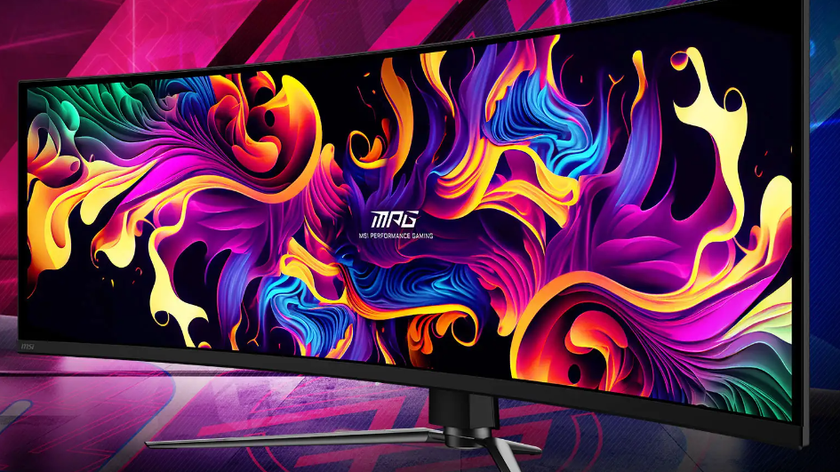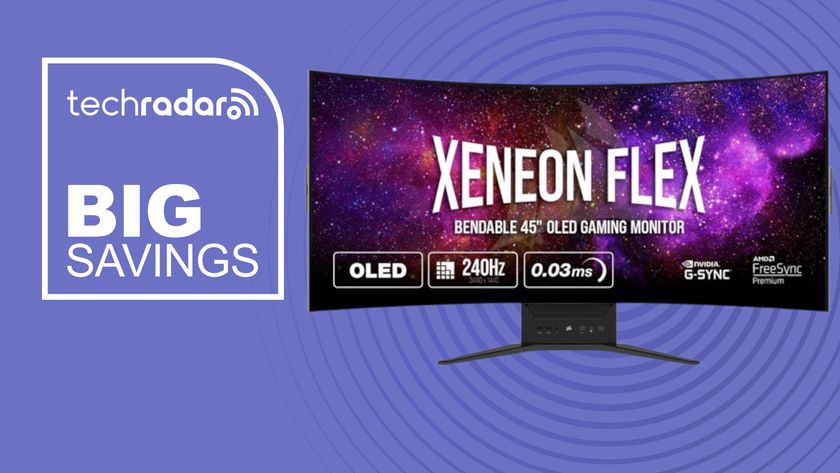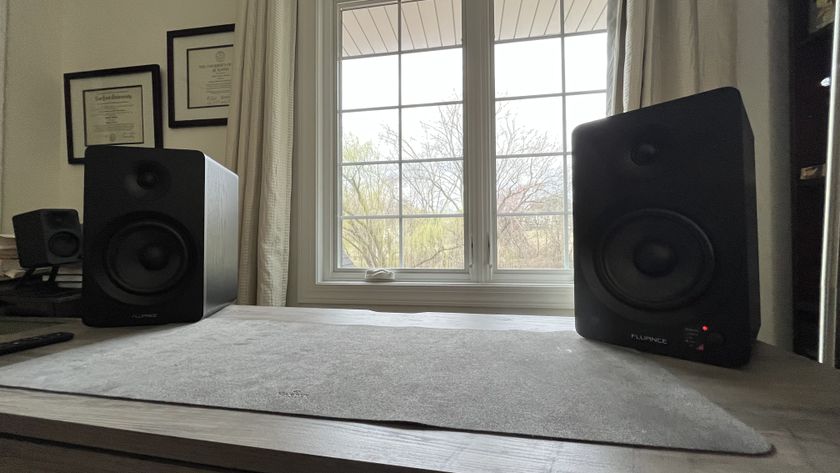How to buy a monitor: what to look for to get the best monitor (and price) for you
Find out how to buy a monitor to fit your needs
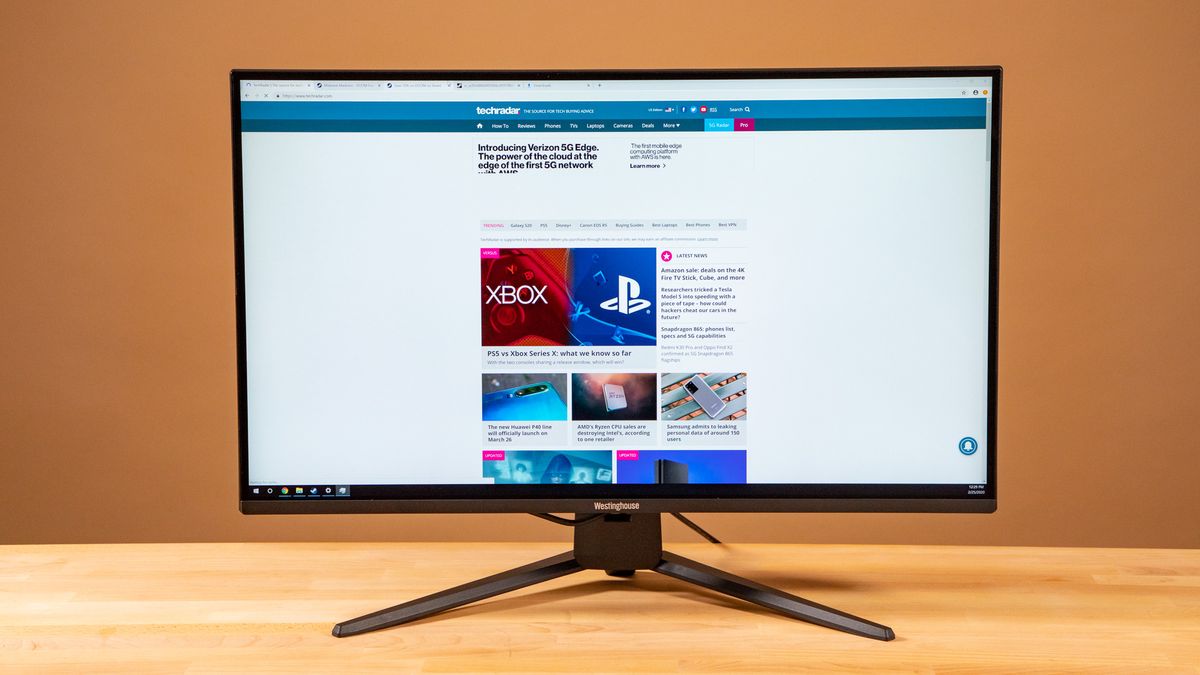
Every personal computer needs a display in order for us to use it and computer monitors have come a long way from the heavy, unwieldy CRTs of a few years ago. With the introduction of flatscreens and LED technology to the latest curved monitors for gaming, there are considerably more options for a monitor than there were even a decade ago. But not everybody knows how to buy a monitor that's right for their computer setup.
Fortunately, we're here to walk you through the process of finding the best monitor for your particular needs.
Whether it's a high-performance gaming monitor with low-latency, the best 4K monitor out there, or one of the best USB-C monitors that can plug into your work laptop so you can enhance your productivity, here's how to buy a monitor to fit your needs.
The first step is to know your budget

Whenever you're shopping for any computer hardware, knowing your budget is the first thing you should do. Monitors can vary considerably in price and some features are simply not going to be found below a certain price point.
By knowing how much you have to spend, you can narrow down your available options very quickly and you can focus your search on those features that are available in your price range. Most importantly, this will also allow you to prioritize those features that matter the most for your specific needs.
That said, if your budget is about $200/£160/AU$300, the best monitor you're going to be able to buy might just be a large LED TV, in which case, buy the biggest and highest resolution TV or monitor you can afford. You won't get any special features, but at least it will look as good as it can.
General rules for how to buy a monitor

If you are looking for an external monitor for a work laptop, your needs are going to be very different than those of a PC gamer and your monitor should be suitable for the specific task.
Get daily insight, inspiration and deals in your inbox
Sign up for breaking news, reviews, opinion, top tech deals, and more.
Regardless of your specific needs, there are a few universal rules to follow:
- Make sure the monitor accepts the same kind of input connection that your computer uses for output, or else invest in an adapter to make them compatible. If the monitor accepts a DVI input and your computer only has an HDMI output, you will need an adapter to bridge the two.
- Buy the biggest screen that fits the physical space it will sit in and falls within your budget. There's no such thing as too much display, but you'll know it if you don't have enough space on your screen.
- Buy the highest resolution display that you can. A 4k display will always look better than a 1920x1080 Full HD display and will be more futureproof as well. As 4k screens come down in price there's little reason to forgo the higher resolution if it fits within your budget.
The most important step is to know your needs
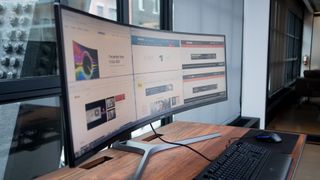
What kind of monitor you should buy will depend very much on what you need your monitor to do, and not every monitor is suitable for every purpose.
- For gamers, GPU's often have settings that improve the quality of the visuals that work in tandem with your monitor, but not all monitors support every setting. Look for the best gaming monitors that support your graphics card's specific features. You're also going to want to buy a monitor with the lowest latency possible. For high-performance gaming, you'll want to go with something less than 5 milliseconds.
- For business use, the widest possible screen resolution might be more practical. If you have a browser open while working on a spreadsheet while video conferencing with colleagues, then a monitor with a 21:9 aspect ratio might be your best choice.
The best ultrawide monitors might give you the room you need to have everything open in front of you and some even come with webcams and microphones built-in to make those video conferences that much easier. Check our our more classic best business monitor guide. - For creatives like graphic designers and artists, buying the best monitor for photo editing with precise color, contrast, and temperature controls is paramount. Many monitors even have the ability to save different color profiles. It might also be considering touchscreen monitors as well for directly editing a photo or graphic right there on the display. Likewise, being able to adjust the position and orientation of the monitor will likely need to be a consideration as well.
- For general home use, having a monitor separate from the computer itself might be more of a hassle than it is worth. The best all-in-one computers, where the computer and monitor are integrated into a single unit, might be more appropriate if you are shopping for a computer as well as a monitor. If you already have a computer and just need a new or extra monitor, then the only thing you really need to consider is the size, resolution, and price.
- If you need a place to start your search, check out our guide on the best PC monitors for the right monitor to suit your needs.

John (He/Him) is the Components Editor here at TechRadar and he is also a programmer, gamer, activist, and Brooklyn College alum currently living in Brooklyn, NY.
Named by the CTA as a CES 2020 Media Trailblazer for his science and technology reporting, John specializes in all areas of computer science, including industry news, hardware reviews, PC gaming, as well as general science writing and the social impact of the tech industry.
You can find him online on Bluesky @johnloeffler.bsky.social
